|
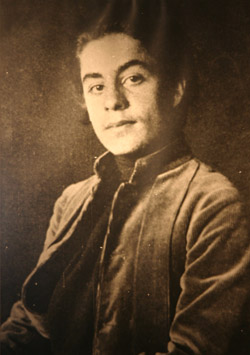
In the way that the late Mahmoud Darwish used his poetry to
express the struggle and suffering of the Palestinian people,
another great Arab poet used his literary gifts to heal the
hearts and minds of ordinary people seeking a balm for everyday
pains and help negotiate the obstacle course we call life. It
has been 77 years since Khalil Gibran drew his last breath but
through his works he enjoys rare immortality.
How did one person embrace so much wisdom? This is the question
asked by millions who still revere Lebanon’s best-loved
philosopher, writer and poet, who remained unmarried and
childless until the day he died.
How did a man who barely received any formal education in his
youth due to his family’s poverty, take possession of such
complex languages as Arabic and English and use them so expertly
as tools to express the depth of his insights?
Only the writings of the English bard William Shakespeare and
the Chinese philosopher Lao Tse surpass Gibran in terms of
readership, which means Gibran’s messages imparting the meaning
of love, marriage, friendship, freedom, work, pain, joy, sorrow
and passing resonate in our subconscious minds.
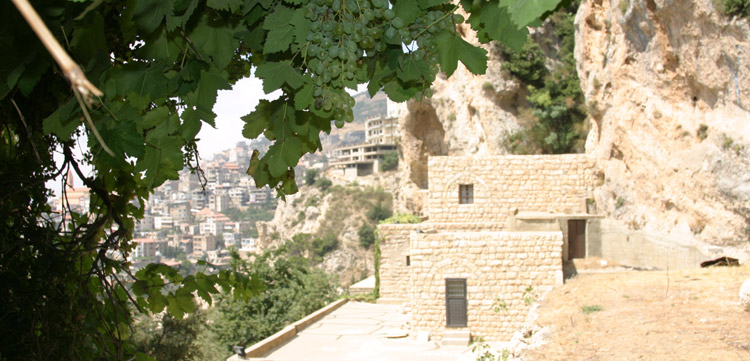
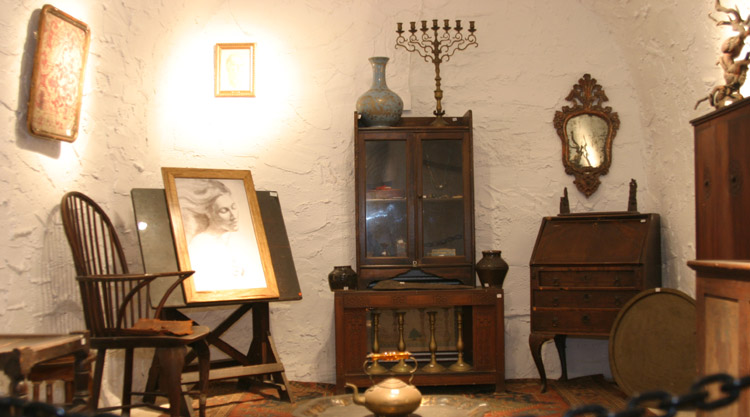
Amazingly, his advice is not only beautifully framed but many
contemporary psychologists would agree, it is also therapeutic.
For example, rather than echo the sentimentally of two becoming
one during marriage, in the Prophet he writes:
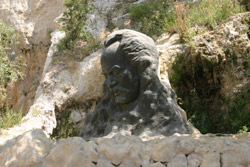
“But let there be spaces in your togetherness,And let the winds of theheavens dance between you.Love one another but make not a bond of love;
Let it rather be a moving sea between the shores of your souls.
Joy and sorrow are two sides of the same entity, he writes:
“Some of you say, ‘Joy is greater than sorrow’, and others say,
‘Nay, sorrow is the greater’.
But I say unto you, they are inseparable.
Together they come, and when one sits alone with you at your
board,
Remember that the other is asleep upon your bed.
Further, he admonishes us not be upset when we are separated
from a friend:
“When you part from your friend, you grieve not;
For that which you love most in him may be clearer in his
absence, as the mountain to the climber is clearer from the
plain”.
He describes “evil” as “good tortured by its own hungry and
thirst”; “beauty” as “eternity gazing as itself in the mirror”;
“giving” as “life that gives unto life – while you, who deem
yourself a giver, are but a witness”. He tells us to view our
“house” as “a mast” rather than “an anchor” and “not to dwell in
tombs made by the dead for the living”.
Each of us must interpret Gibran in our own way according to our
own parameters. But to me, he speaks of personal freedom, of the
need to let go of worn-out concepts, and the mistakes people
make striving to find their own inner security in people or
things.
A personal favourite quote deals with boundaries within
marriage:
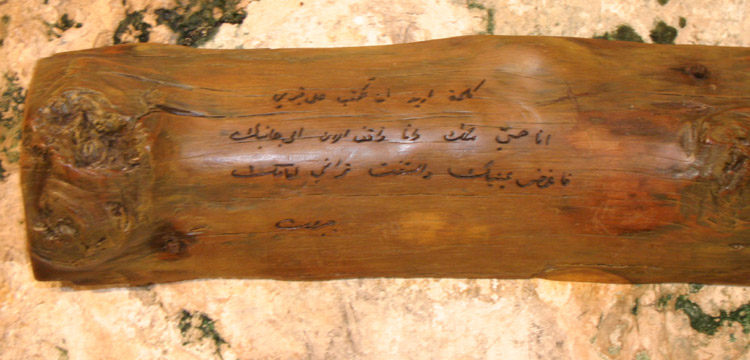
“Give your hearts, but not into each other’s keeping.
For only the hand of Life can contain your hearts.
And stand together, yet not too near together:
For the pillars of the temple stand apart,
And the oak tree and the cypress grow not in each other’s
shadow”.
Gibran’s best-known work is “The Prophet”, which has dominated
the best-selling lists ever since it was first published in 1920
and has been translated into 26 languages.
Born Gibran Khalil Gibran bin Mikhael bin Saad, his English
teacher in the US anglicised his name to Khalil Gibran. Soon
after, at the age of 12, he emigrated to New York with his
mother, half-brother and two younger sisters.
While his alcoholic father remained in the northern Lebanese
town of Bsharri, (then part of Syria), his mother was forced to
become a door-to-door saleswoman to survive until she managed to
save enough to open a dry goods store.
At the age of 15, he returned to Lebanon to pursue his studies
and after co-founding a college literary magazine, he was
elected ‘College Poet’. Just weeks before his return to Boston
in 1902, tragedy struck; his sister died of tuberculosis and a
year later his brother’s young life was similarly cut short,
while his mother died after being ravaged by cancer.
Perhaps it was these terrible losses that afflicted his young
existence that gave him an insight into the futility of trying
to hang onto those we love.
His family decimated by disease, the most important people in
Gibran’s life, apart from his surviving sister Mariana, were an
American school mistress Mary Elizabeth Haskell ten years his
senior and the Lebanese artist Youssef Howayek, with whom he
studied, (and became a lifelong friend of), in Paris under
Auguste Rodin.
Gibran’s relationship with Mary – generally believed to have
been platonic, although emotive – was complex as can be seen
from their letters; extracts of which have been published. It is
known that Mary Haskell became his editor and patron,
facilitating his studies in Paris and enabling him to
concentrate on his artistic and literary pursuits.
On April 10, 1931, Gibran succumbed to TB and cirrhosis of the
liver, leaving his studio and its contents to Mary Haskell and
his book royalties to his hometown Bsharri. In his Will, he
asked to be buried in his beloved Lebanon.
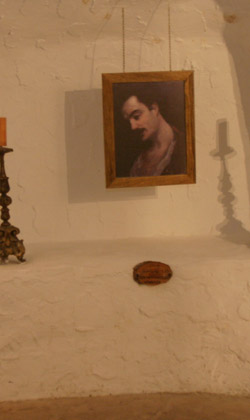 |
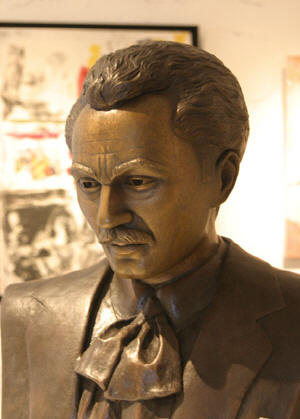
|
The Palestinian poet Salma Khadra
Jayyusi once wrote that Gibran’s “vision of a world made sterile
by dead mores and conventions” was “redeemable through love,
goodwill, and constructive action”.
It is because the spirit that still shines from his words is
uplifting and positive, his messages are as relevant today as
they were on the day he filled his pen with ink to so
beautifully enrich posterity and make his country proud.
|